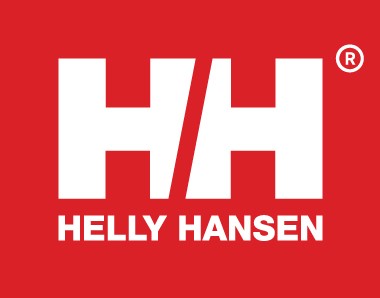The story of Helly Hansen started in 1877. After many years at sea, norwegian captain Helly Juell Hansen and his wife Maren Margarethe began producing oilskin jackets, trousers, sou'westers and tarpaulins, made from coarse linen soaked in linseed oil. They certainly struck a nerve in the market, because over the first five years they sold approximately 10,000 pieces. In 1878 the company won a diploma for excellence at the Paris Expo, and began exporting its products. In the 20th century, Helly Hansen made several breakthroughs in product development to complete the layering principle today known as the 3-Layer System™. In 1949 the Helox, a thin sheet of translucent PVC plastic sewn into waterproof coats, took over for the oilbased outerwear and became the must-have protection for outdoor use. With a production of 30,000 coats each month the success was almost immediate. The original fleece, the fiberpile, was developed in 1961 and has been perfected for almost 50 years since. This new insulation layer was warm, lightweight and fast-drying, ideal for wearing under the protective layer. It was soon embraced by workers because it offered extraordinary insulation against the cold, and ventilated well during hard, physical work. It even protected against snow and light rain, staying extremely durable and warm after many washes. In 1980, the Helly Tech technology was launched, using both hydrophilic and microporous technology, which meant the apparel was both waterproof and breathable. This meant that anyone who participated in high-activity outdoor sports could expect their clothing to work with them, not against them. The evolution of breathable, waterproof jackets had a profound effect on the outdoor industry. Helly Hansen now produced technical outerwear garments. The heritage from Helly Juell Hansen is still our cornerstone. Today our gear is used by world-class sailors, skiers and adventurers who spend their time between human will and nature’s forces, and demand full protection and performance when the conditions are at their worst.

Already have an account?
Create Account
Creating an account allows you to check out faster, store multiple addresses, track your orders and much more...